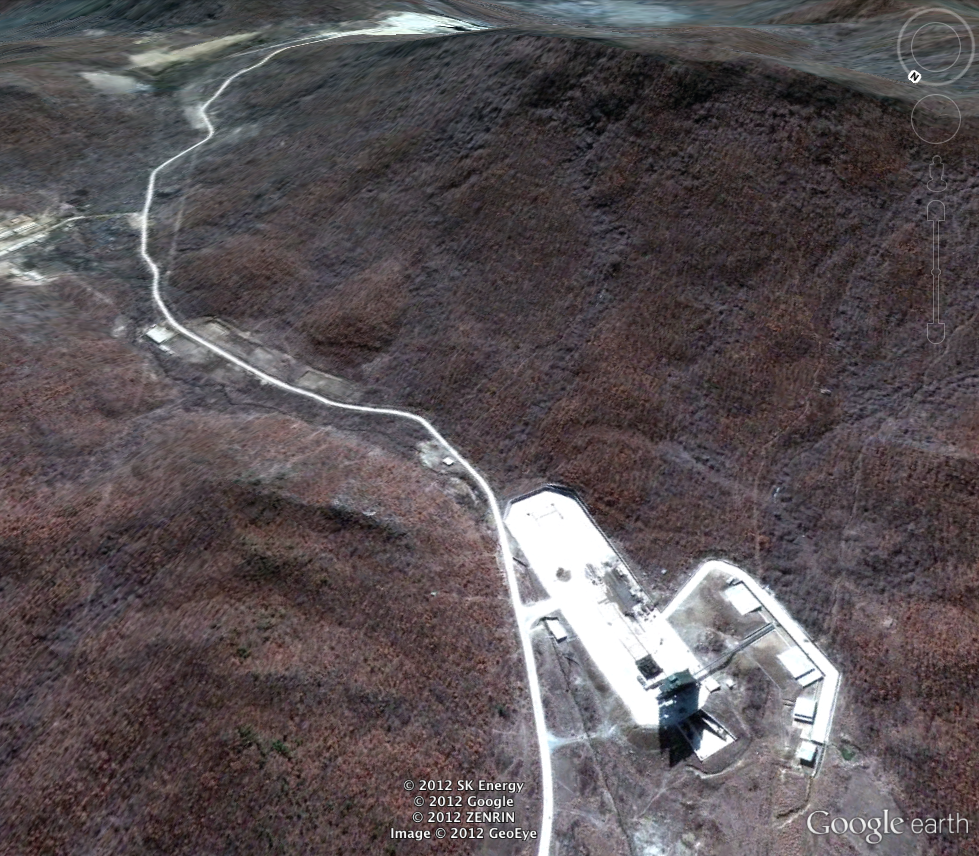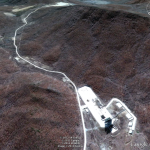

On Friday North Korea announced plans to launch a long-range rocket carrying a functional satellite as part of Pyongyang’s scheduled commemorations to honor Kim Il Sung’s April 15 birthday. As the nation’s founder, Kim Il Sung is passionately celebrated in the North to a degree of reverence rarely seen in modern times.
North Korean leaders have been planning massive nationwide celebrations to mark Kim Il Sung’s birth for many years. These leaders also plan the event as a signal to the international community that the nation deserves to be recognized as a modern power of worldwide influence and prestige.
The launch announcement, reported by the New York Times, is attributed to North Korea’s Committee for Space Technology and stated that the launch is planned to take place between 12 and 16 April. The announcement identified Sohae Station in Cholsan County located in North Pyongan Province as the projected launch site. The launch site is believed to be a new facility near the Chinese border and is believed to be larger than other launch sites and better equipped with enhanced capabilities.
The Committee also said that the projected flight path will be aimed southward to ensure that any debris resulting from the launch will not fall on any regional neighbors. Timing of the launch will coincide with parliamentary elections scheduled to be held in South Korea. A Nuclear Security Summit is also scheduled to be held in South Korea in two weeks where North Korea’s nuclear development program is expected to be a topic of lengthy discussion.
The satellite being launched is named Kwangmyongsong-3, translated to mean “Bright Star” and will be mounted atop an Unha-3 rocket. This is the same name given to the satellite launches of 1998 and 2009. The North claims the satellite was manufactured solely in North Korea using indigenous technology.
North Korean leaders have long stated their belief that they have the same right as other sovereign nations to explore the safe, peaceful use of existing space technology. Many defense analysts believe that the North’s satellite program is little more than a front to obscure the real purpose of the launches, testing of intercontinental ballistic missile (ICBM) capabilities.
The launch of a similar rocket in April 2009, widely considered to be a failure, led to severe United Nations’ sanctions that resulted in considerable economic hardship for the North. This latest announcement has drawn almost immediate public censure from South Korea, Japan, the United States, and other nations. Another launch is widely viewed as a danger to regional stability and a serious provocation that could jeopardize agreements to provide the North with food aid.
Such a launch is also considered to be in direct violation of a UN Security Council resolution prohibiting North Korean long-range ballistic rocket launches, a measure that was adopted in response to the North’s 2009 rocket launch.
In contrast, North Korean leaders contend that satellite launches, as a necessary extension of the nation’s peaceful space program, are not subject to UN sanctions and do not violate any agreements tied to disarmament.
News of this new launch comes as somewhat of a surprise since the North only recently agreed to suspend long-range rocket testing using ballistic missile technology as part of its ongoing negotiations with the United States. Only two weeks ago, the North agreed to suspend its weapon’s development programs in exchange for food aid.
Only a week ago, US Special Envoy Robert King met with North Korean representatives in Beijing to develop a framework for the delivery of 240,000 metric-tons of food to the North. This latest announcement from the North places this aid package in serious jeopardy only weeks before the aid was scheduled to be shipped. Now, the North Korean announcement may make it politically impossible for the US to deliver this aid.
Many aerospace experts believe North Korea plans to ultimately develop and manufacture a nuclear device small enough to fit atop a rocket capable of reaching the United States. Such a possibility is at the heart of negotiations to eventually bring a halt to the North’s rocket and missile efforts.
















